Building a website for your company can be a daunting task. Even if you know what content you want on the site, you might be overwhelmed by how to organize it all. Here are a few tips on website organization that will keep your users happy – and get you compliments on how easy it is to navigate your site!
 1. As a basic principle, don’t have more than 6 main menu items. These will most often be something like: Home, About Us, Services/Rates, Testimonials, FAQ, and Contact Us. If you have a portfolio or samples, that will add a menu item. If you have a blog, that will add another menu item.
1. As a basic principle, don’t have more than 6 main menu items. These will most often be something like: Home, About Us, Services/Rates, Testimonials, FAQ, and Contact Us. If you have a portfolio or samples, that will add a menu item. If you have a blog, that will add another menu item.
Specialty websites might have different menu options — but you should almost *never* have more than 8 in your list (my website pushes the limit)!
Have more items? Create submenus! That’s what they’re there for.
2. Make all your menu items clickable (not just the sub-menus). Again, users expect to be able to click on things. If something looks like it should be a link, make it a link.
Example: Services and Rates page. Even though your detailed information will be found under the submenu items for each service, create a simple page where people get sent if they click on the general Services & Rates item. On that simple page, have links to each service. You might be surprised how this small thing will change the way users experience your site!
3. Make your logo (generally the top left corner of every page) a link to your home page. Users are starting to expect that!
4. Create a clickable menu, basically a table of contents, at the top of a long page (don’t make people scroll down to find out what’s there). This way people can click on the menu item and get sent to the place on the page with the information they need. This technique is used regularly in FAQs but is often overlooked on other types of pages.
5. Make your site as easy to edit as possible. There are always items that will change. You might offer new goods, change prices, add items to your portfolio, run new specials or cancel old ones. Create a structure for the site that can accommodate these changes. This requires thinking ahead about what categories of items you will need in the future (see #10)!
This practice will save you time and money on web updates and will help you and your website stay organized.
6. Make it easy for users to find – and use – your contact information. In addition to your “Contact Us” main menu item, put your contact information clearly on the home page and make sure the “Contact Us” link is always easy to find. You don’t want your users to have to work hard to find out how to contact you!
7. Do not have broken links or links to parts of your site that are under construction. If the link does not bring the user to anything useful, don’t have a link there at all.
8. Running a special? Put it on every page. But don’t make it scroll or pop out every time someone clicks on a new link or reads down a page. If you distract the viewer she is more likely to be annoyed by your persistent offer than to take advantage of it.
9. Have a lot to say? Is your text getting too long? That’s what a “Learn More” link is for! People who are interested will click. People who aren’t interested will move on to the next thing.
10. Think ahead. Make sure, *before* you start building your site, to create a site map. A site map looks a lot like a family tree, with the main menu items at the top. Fit everything you want to have on your site into your site map and *then* create the site according to your “tree.”
This planning stage will save you huge amounts of time and effort in the future and will set you up to accommodate the growth of your site and your business.
Implement these ten tips and your users will thank you! Your site will be organized, well thought out, and a pleasure to click through.

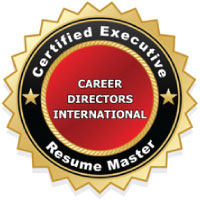
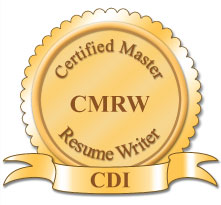
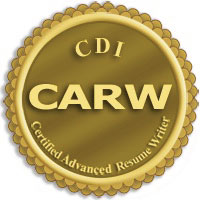




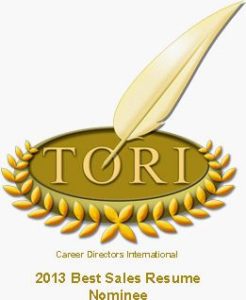
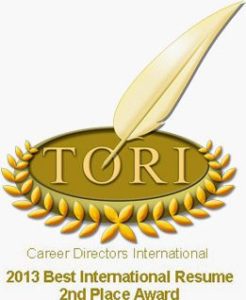

Thank you for these guidelines. It’s hard to be objective about your own website, just as it’s hard to be objective about your own resume. So I’ll use these tips as I redesign my site.
I’m not sure that these are good tips to follow. For example:
– Static structure, maybe; static content? No good. Google rewards freshly updated sites with high natural search rankings.
– “put your contact information in the header on every page.” This screams “bargain basement” website. Putting your contact information in the header on every page is like wearing a “CALL ME!!!” tee shirt with your number emblazoned on the front. It smacks of lowbrow desperation.